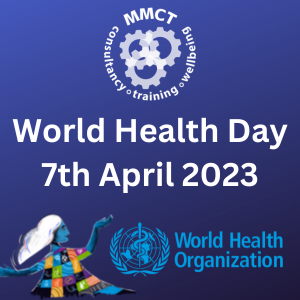 IMPROVING PUBLIC HEALTH OVER 75 YEARS.
IMPROVING PUBLIC HEALTH OVER 75 YEARS.
7 April is World Health Day. It is celebrated annually and each year draws attention to a specific health topic of concern to people all over the world. The date of 7 April marks the anniversary of the founding of WHO in 1948. Every April 7, the World Health Organization chooses to highlight a special theme current in the wellness and medical world. Ranging from mental health to insurance and everything in between, this day sets the tone for what’s to come in the world stage.
On 7 April 2023 ̶ World Health Day ̶ the World Health Organization will observe its 75th birthday.
WHO’s 75th anniversary year is an opportunity to look back at public health successes that have improved quality of life during the last seven decades. It is also an opportunity to motivate action to tackle the health challenges of today ̶ and tomorrow.
For a more indepth look at what the 2023 theme covers please visit the WHO website,
World Health Organization (WHO)
Meanwhile below we have some of the stories / topics covered by the WHO website that look at the challenges faced by societies world wide over the last 75 years when it comes to improving public health
Health For All: the ultimate goal
The World Health Organization’s commitment to Health For All, underpinned by a democratic notion that all humans are equal, shone through brightly in its founding Constitution in 1948. The Constitution was an unprecedented document in a world that was reeling from the destruction of the Second World War, but setting on a transformative path to value all human lives. It uncompromisingly called for health as a fundamental right of every human being and a foundation for peace and security.
Through the decades, WHO has been addressing key challenges for its mission: spearheading efforts to improve social conditions so that people are born, grow, work, live and age with good health. WHO has also been central to the global promotion of gender and disability inclusion. But such progress has been constantly threatened by the persistence of health inequalities. The goal to achieve Health For All, therefore, remains as important today as it was 75 years ago. For WHO, this remains a key pathway to UN Sustainable Development Goal (SDG) 3, reinforced by 16 other SDGs to be attained by 2030.
The Ted Talk below looks at the issue of Healthcare and asks, is it a right or a luxury ?
Protecting people from pandemic
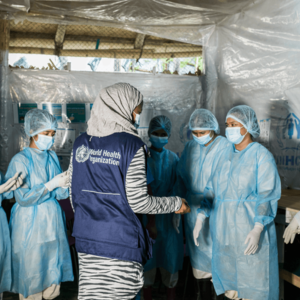
WHO detects thousands of health emergency signals every day and works to protect people from the risks and repercussions of epidemics and pandemics. During past decades, WHO has been at the frontlines of all major health emergencies: from cholera and ebola to avian flu (H5N1), SARS and the COVID-19 pandemic. Each time, WHO’s unique convening role, technical expertise and partnerships are activated to respond rapidly and at scale, moving people, resources and supplies to where they are needed. Discussions and decisions, many in the most challenging settings, are undertaken so that data and specimens are shared, and scientific advances are made in order for the world to overcome the emergency.
During 2020-2021 alone, WHO responded to 87 health emergencies in addition to COVID-19. WHO established the International Health Regulations (IHRs) in 1969 and revised in 2005, as an agreement between Member States to work together to prevent and respond to acute public health risks that cross borders and threaten people worldwide. A new global pandemic accord agreement is under development in consultation with 194 Member States and a broad range of public stakeholders, with the aim of building a future-proof strategy to protect new generations from pandemics in the 21st century.
Image: WHO supported COVID-19 preparedness and response for vulnerable Rohingya refugees and host communities in Cox’s Bazar, Bangladesh. © WHO / Blink Media – Fabeha Monir
Addressing climate-related health challenges
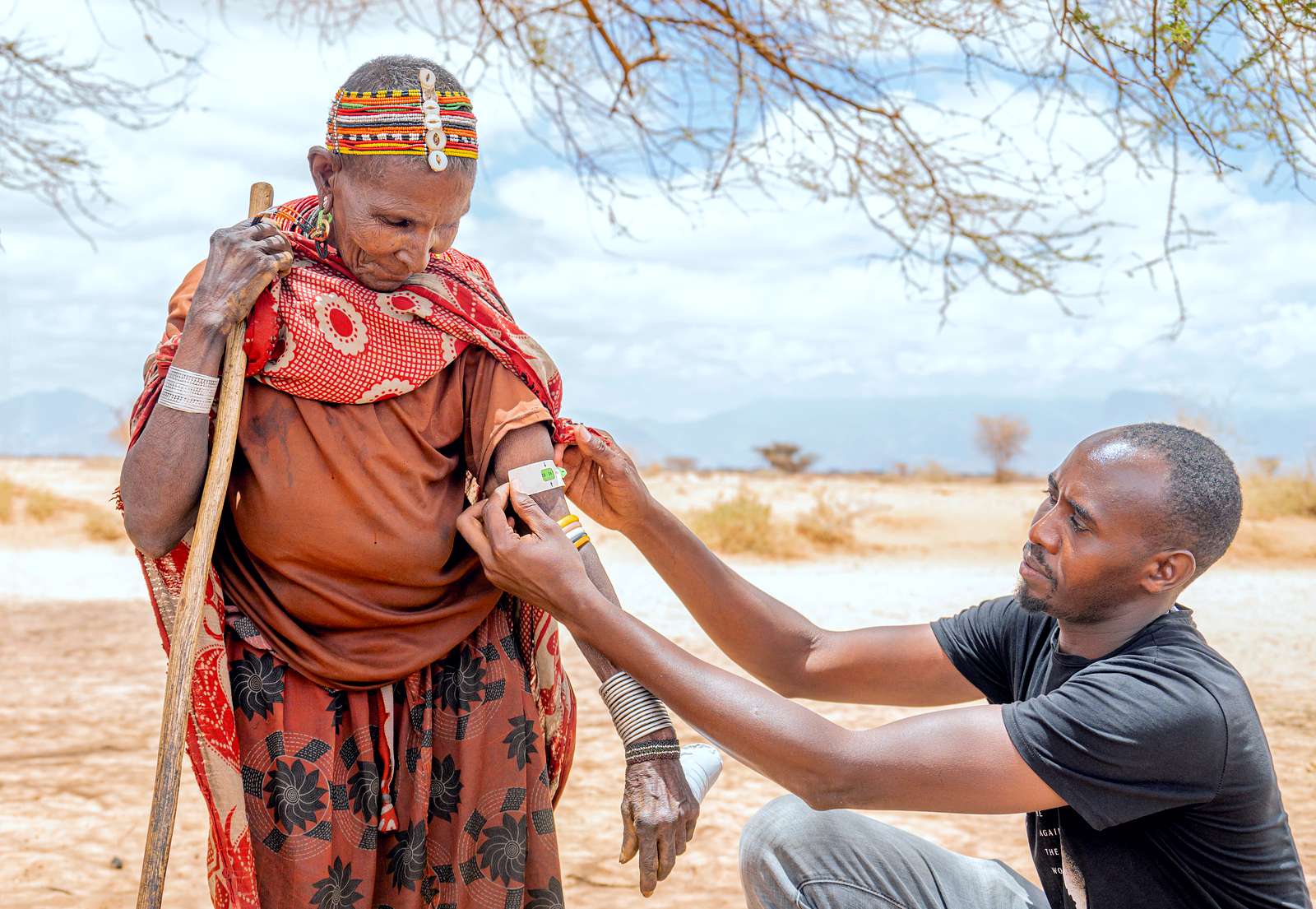
Image: On 20 September 2022, Intore (left) is screened for malnutrition by a member of a mobile health team in Korr, Marsabit. Millions in the greater Horn of Africa are facing acute hunger as the region faces one of the worst droughts in recent decades. Many people have left their homes in search of food and water, and pasture for animals. Large-scale displacement is often accompanied by a deterioration in hygiene and sanitation. Outbreaks of infectious diseases are a major concern, especially when combined with low existing vaccination coverage and health service availability. © WHO / Billy Miaron
Climate change is the biggest health threat facing humanity today. It impacts air quality, drinking water, food supply, sanitation, shelter, and the environment as a whole. WHO promotes better data, science, policy and governance for improved management of environmental health risks and their impacts.
WHO has been at the forefront of addressing the increasing risks of climate-related health challenges, establishing a Climate change and Health Programme in 1990s. The Programme supports countries in developing comprehensive action plans to tackle the health effects of climate change, building more resilient, carbon-free and sustainable health systems and facilities. In 2021, WHO launched the Alliance for Transformative Action on Climate and Health (ATACH) to build climate resilient and sustainable health systems, using the collective power of WHO Member States and other stakeholders to drive this agenda forward at pace and scale; and promote the integration of climate change and health nexus into respective national, regional, and global plans. As of January 2023, more than 62 countries have committed to the Alliance.
Caring for those who take care of us
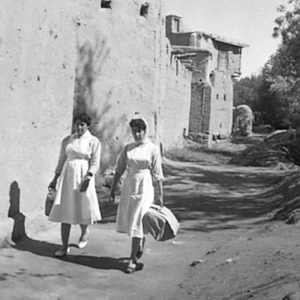
Public health achievements have been made possible thanks to the tireless efforts of generations of health workers around the world. WHO has been promoting the work of health workers, who have made all these health landmarks happen, from the eradication of smallpox to dramatic progress in delivering HIV treatments.
Further promoting the role of health workers, particularly nurses, in achieving Health For All, WHO appointed a Chief Nursing Officer as part of its leadership team in 2017. WHO’s Global strategy on human resources for health: workforce 2030 led to a nearly 30% increase in global health workforce between 2016 and 2020. The Strategy focuses on the projected shortfall of 10 million health workers by 2030, which poses a critical challenge to the attainment of the health-related SDGs.
Image: It’s 1960, Ziagul, a 17-year old girl of Kabul, graduated as an auxiliary nurse midwife. The helping hand of medical assistance reaches further out into the villages of Afghanistan with the completion of training of the country's first group of auxiliary nurse midwives. This training programme which is assisted by WHO is one of several destined to help improve the nursing services of Afghanistan. Ziagul (right) and her friend Roafza, who also graduated as an auxiliary nurse midwife, set out for the clinic in the village of Charasiab. © WHO / Homer Page

Public health milestones through the years
For a comprehensive guide of all WHO has achieved and been up against in the last 75 years, click on the link below,
Public health milestones through the years (who.int)
Below we have highlighted just a few of the milestones from the last 75 years

1948
WHO Constitution comes into force
WHO's Constitution comes into force on 7 April ̶ a date we now celebrate every year as World Health Day. Following the mandate established by Member States, WHO begins its first two decades with a strong focus on mass campaigns against tuberculosis, malaria, yaws, syphilis, smallpox and leprosy.

1969
International Health Regulations
The World Health Assembly establishes the first International Health Regulations, which represent an agreement between WHO Member States to work together to prevent and respond to acute public health risks that have the potential to cross borders and threaten people worldwide.

1994
Comprehensive definition of reproductive health
At the International Conference on Population and Development (ICPD) held in Cairo, Egypt, countries agree to the adoption of a comprehensive definition of reproductive health and a recognition of reproductive rights. This definition was fully supported by WHO. Also agreed at this seminal Conference was the 20-year Programme of Action which focused on individuals' needs and rights, including reproductive rights, rather than on achieving demographic targets. Advancing gender equality, eliminating violence against women and ensuring the ability of women to control their own fertility were acknowledged as cornerstones of population and development policies.

1998
Emergency contraception
WHO played a pioneering role in emergency contraception by confirming the effectiveness of levonorgestrel, which resulted in changes in regulations in countries of differing income levels and its inclusion in the list of essential medicines. Since 1998 these pills have been licensed in more than 100 countries.
2001
UN Declaration of Commitment on HIV/AIDS
The Twenty-sixth special session of the United Nations General Assembly adopts the Declaration of Commitment on HIV/AIDS as a matter of urgency to address the HIV/AIDS crisis worldwide as well as to secure a global commitment to enhancing coordination and intensification of national, regional and international efforts to combat it in a comprehensive manner.
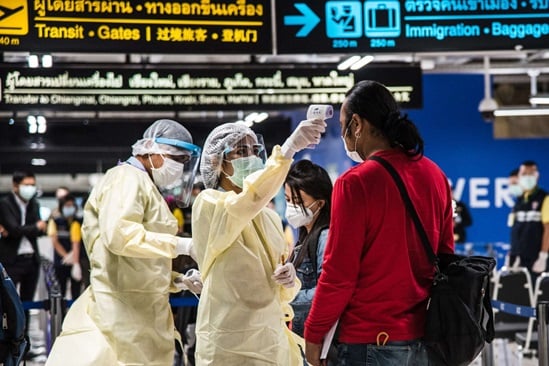
2005
International Health Regulations revised
The International Health Regulations are revised, giving countries clear and tested guidelines for reporting disease outbreaks and other public health emergencies to WHO, and triggering response systems to isolate and contain threats.
2013
Comprehensive Mental Health Action Plan
The first global Comprehensive Mental Health Action Plan is endorsed. More than 100 countries have used the Mental Health GAP Action Programme (mhGAP) for the integration of mental health at primary health care level since that time.
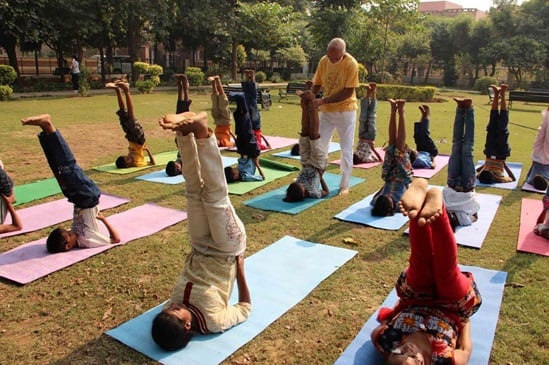
2017
Partnership for Healthy Cities
The Partnership for Healthy Cities is launched. It includes 70 cities of over 300 million inhabitants in total. The Partnership aims to put in place policies and programmes to prevent road traffic injuries and diseases like cancer, heart disease, diabetes and lung disease.
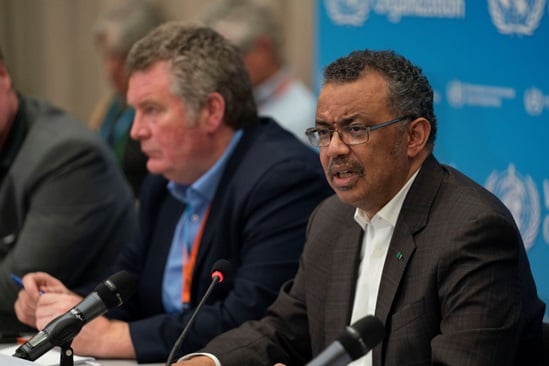
2020
Global outbreak of novel coronavirus declared a Public Health Emergency of International Concern
The WHO Director-General declares the global outbreak of novel coronavirus a Public Health Emergency of International Concern (PHEIC). A PHEIC is defined in the International Health Regulations (2005) as, “an extraordinary event which is determined to constitute a public health risk to other States through the international spread of disease and to potentially require a coordinated international response”.
2023
Looking back - and forwards
WHO’s 75th anniversary year is an opportunity to look back at public health successes that have improved quality of life during the last seven decades - and to look forward to motivate action to tackle the health challenges of today and tomorrow.
